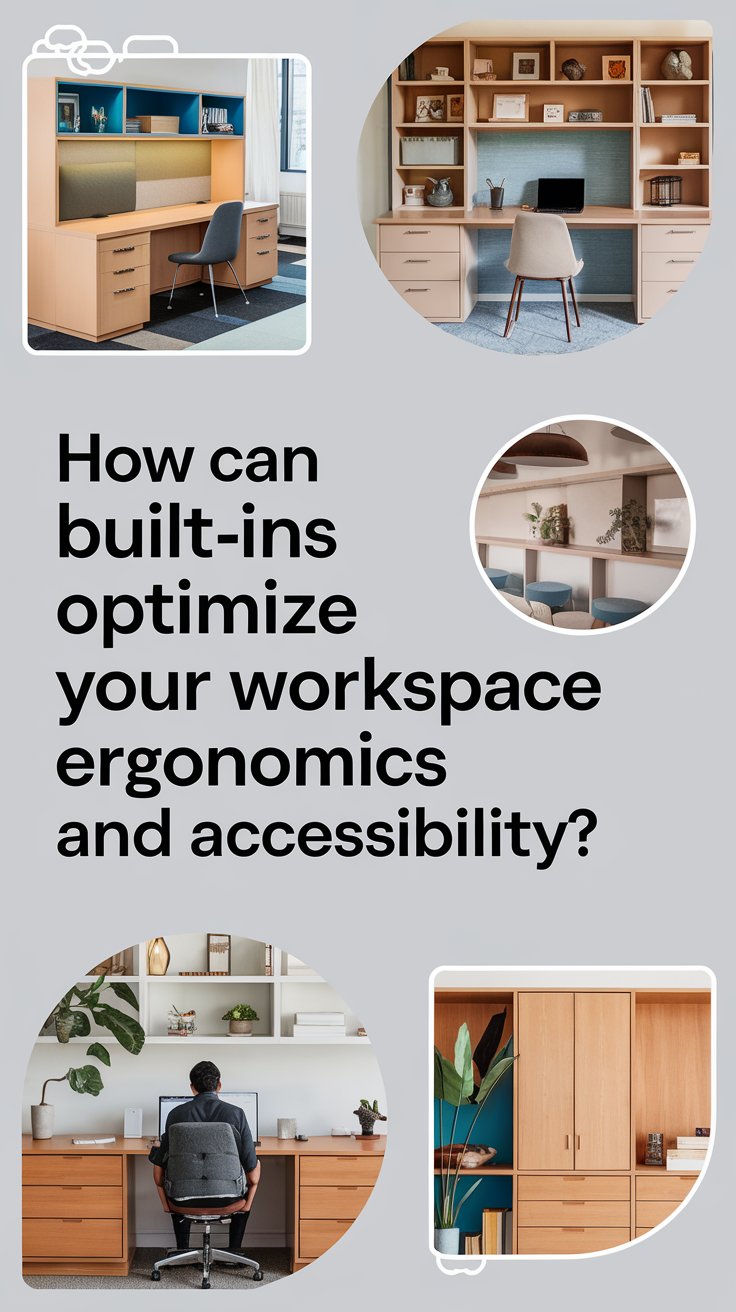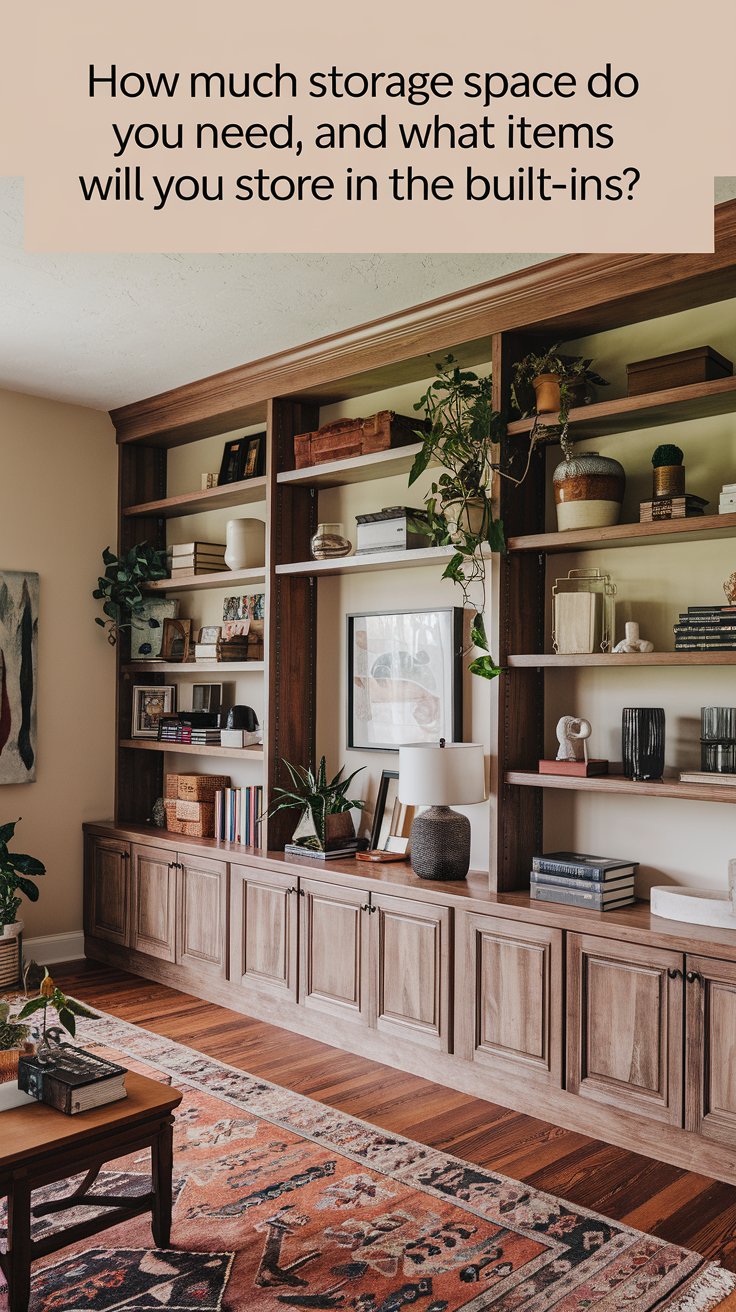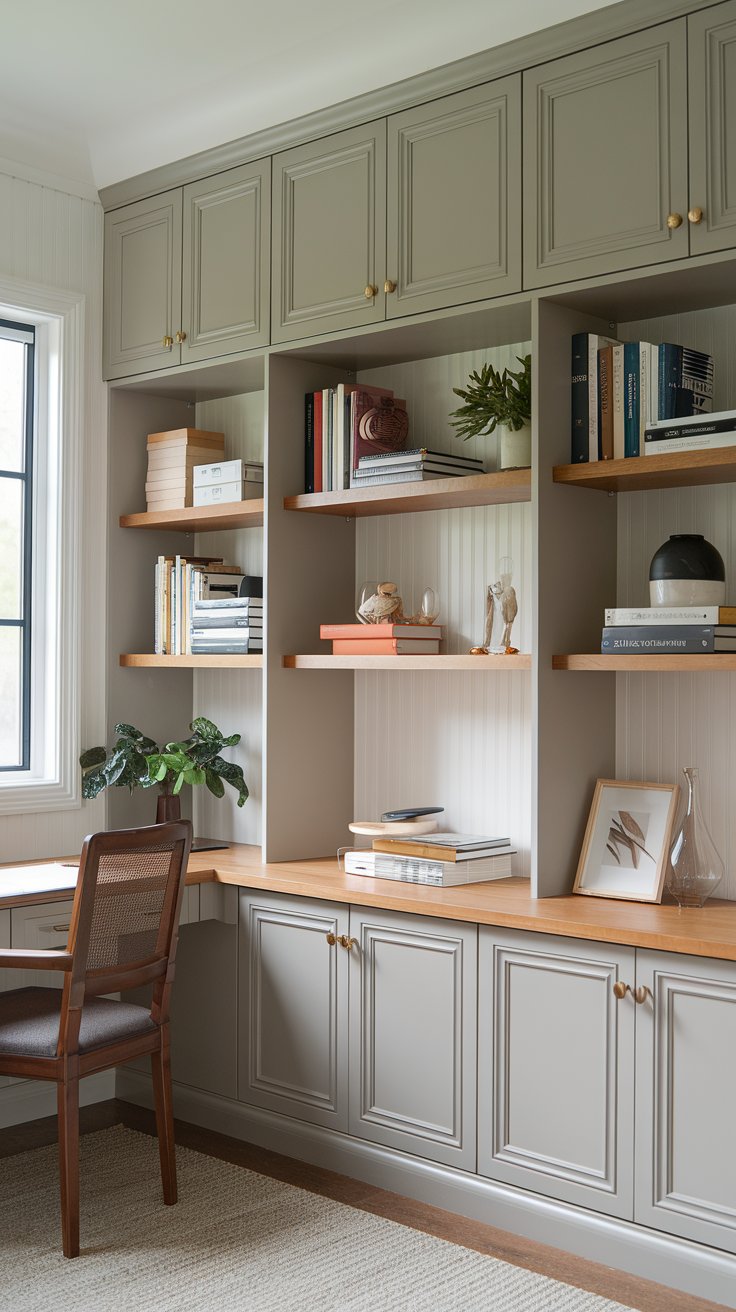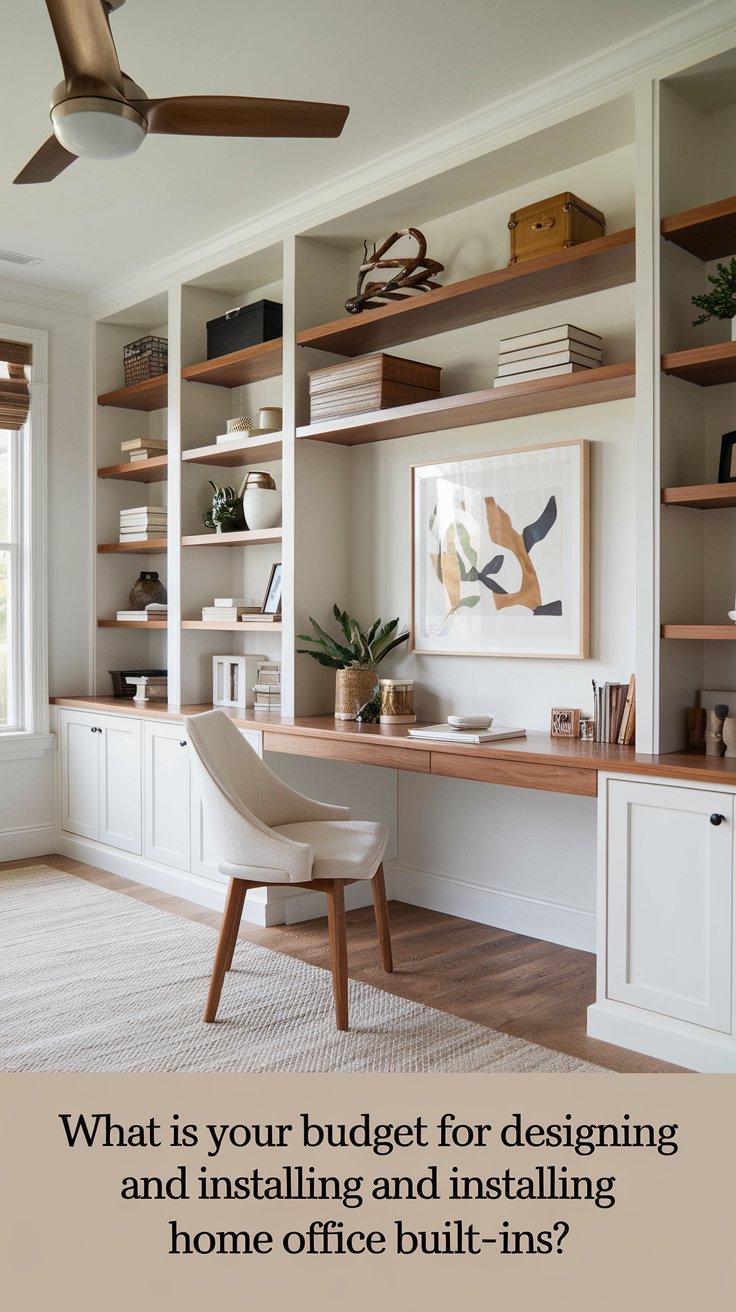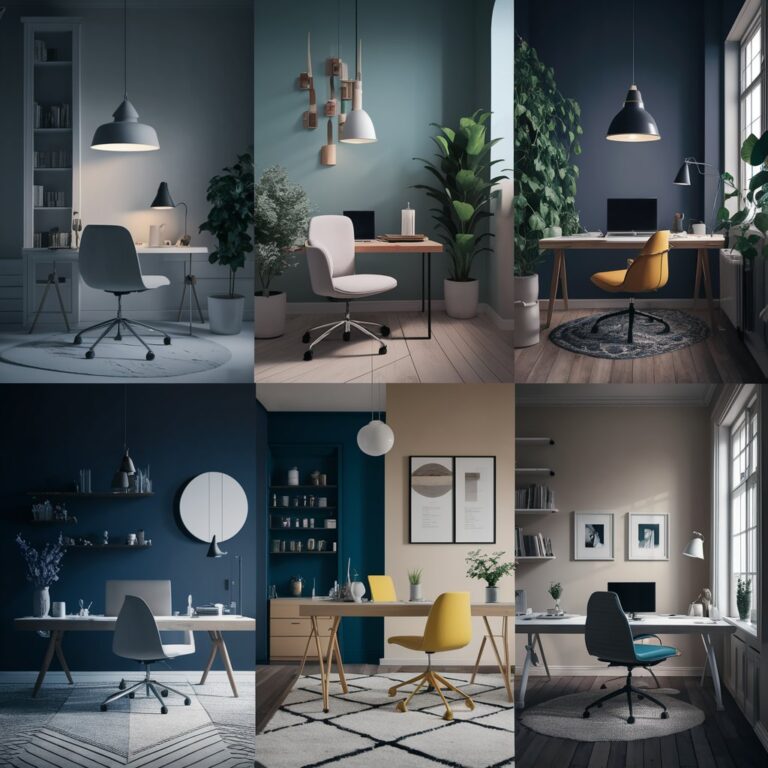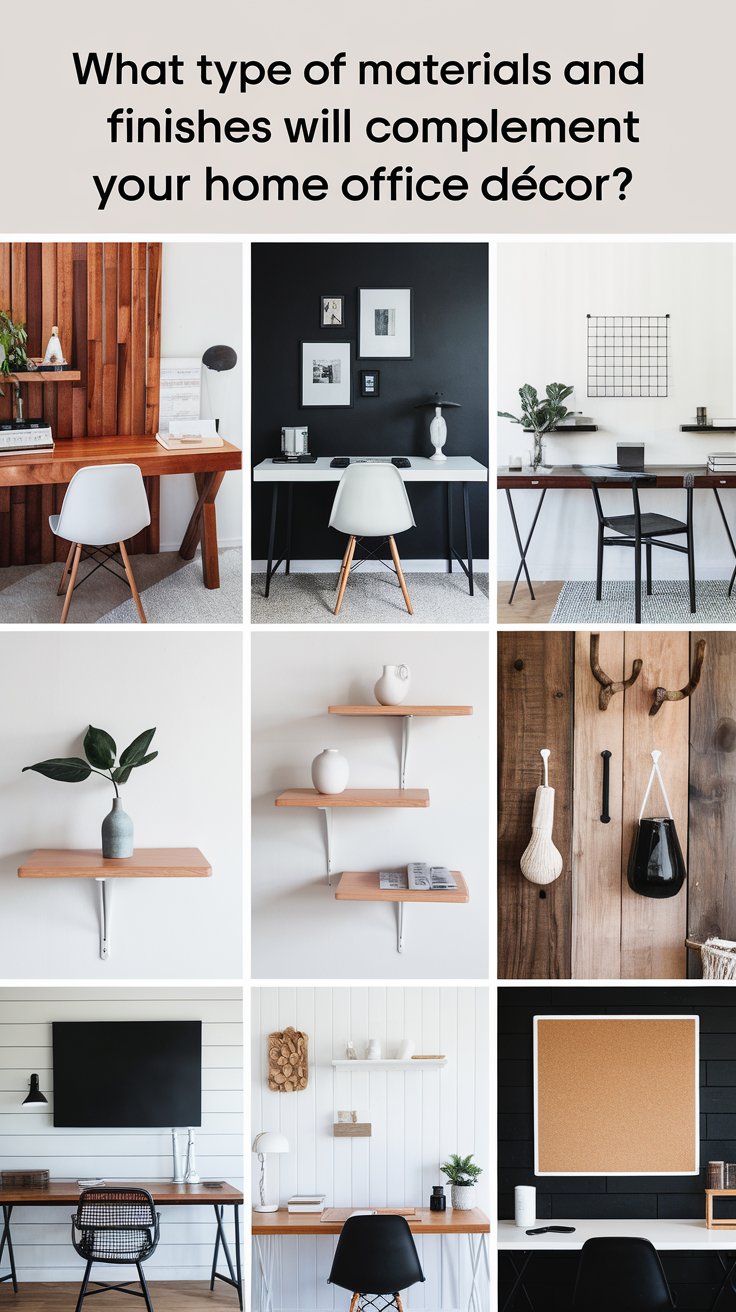In today’s hybrid work environment, the design of a workspace goes beyond aesthetics; functionality, ergonomics, and accessibility are paramount. Built-ins—customized furniture pieces integrated into your workspace—offer a unique blend of form and function. They are not only visually cohesive but also tailored to individual needs, enhancing productivity and comfort. This article explores how built-ins can revolutionize your workspace by optimizing ergonomics and accessibility.
Understanding Workspace Ergonomics :
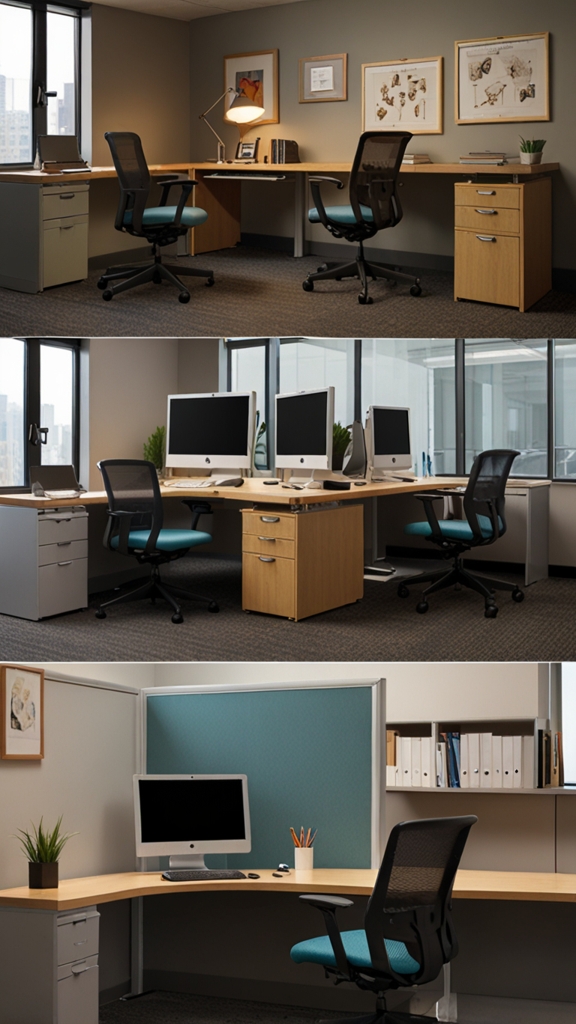
Ergonomics is the science of designing work environments that suit the needs of their users. A well-ergonomic space minimizes strain on the body, promotes good posture, and enhances productivity. Built-ins play a crucial role in creating an ergonomic workspace because they can be tailored to specific heights, reach, and other physical needs of users.
Key Ergonomic Principles:
- Adjustable Work Surfaces: Workstations should allow users to maintain a neutral wrist position and avoid slouching.
- Proper Monitor Placement: Screens should be at eye level and at a distance of about 20 inches.
- Supportive Seating: Chairs should support the lower back and promote natural curvature of the spine.
- Accessible Storage: Frequently used items should be within arm’s reach to prevent overreaching or twisting.
Built-ins excel in incorporating these principles seamlessly into a workspace.
Customization for Ergonomic Benefits :
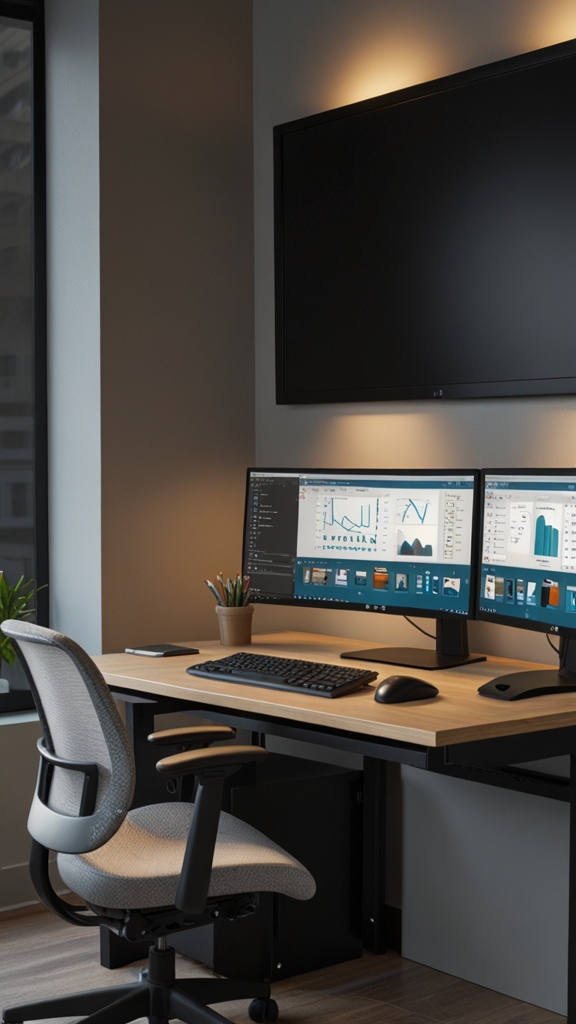
Adjustable Desks and Workstations
Built-in desks can be designed with height-adjustable features, allowing users to alternate between sitting and standing. These desks promote better posture and reduce the risk of repetitive strain injuries (RSIs).
Integrated Monitor Mounts
Built-in monitor mounts can ensure screens are at the correct height and angle, preventing neck and eye strain. These mounts can be adjusted to suit multiple users, making them ideal for shared workspaces.
Ergonomic Storage Solutions
Custom-built drawers and cabinets can be placed at ergonomic heights, ensuring easy access without unnecessary bending or stretching. Pull-out trays for keyboards and mice can also be incorporated for optimal wrist alignment.
Enhancing Accessibility with Built-Ins :
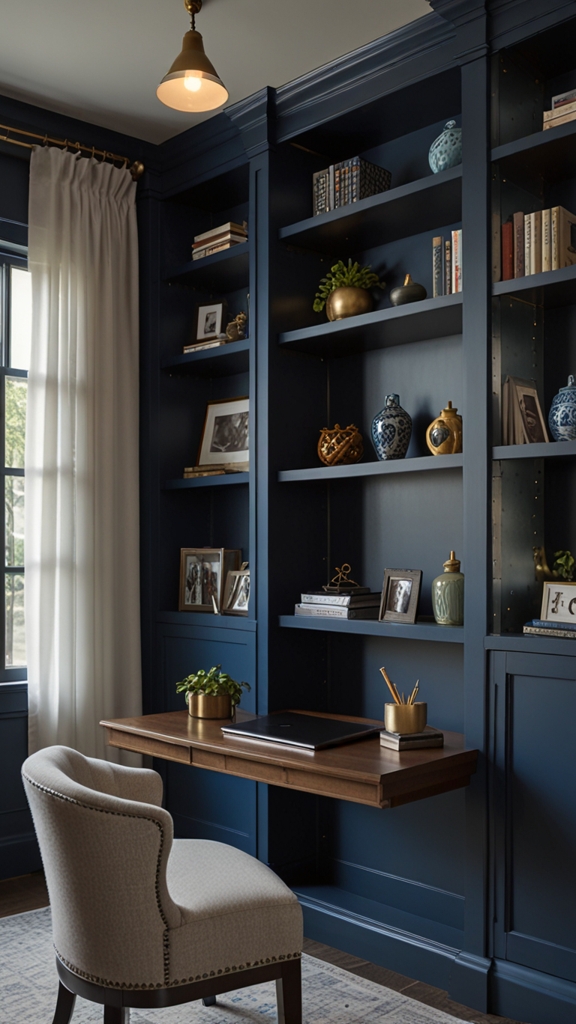
Accessibility ensures that workspaces are usable for everyone, including individuals with disabilities. Built-ins can be designed with accessibility standards in mind, making them a practical choice for inclusive design.
Universal Design Principles:
- Ease of Access: Workstations should accommodate individuals with varying physical abilities.
- Adjustable Features: Customization options should allow users to modify the workspace according to their needs.
- Clear Pathways: Built-ins should not obstruct movement within the workspace.
Wheelchair-Friendly Desks and Shelving
Built-in desks can be designed to accommodate wheelchair users, with open spaces beneath the desk and accessible shelving. Adjustable shelving units can be motorized for ease of use.
Touchless Technology Integration
Incorporating smart, touchless features into built-ins—such as motion-activated drawers or voice-controlled lighting—can improve accessibility for individuals with limited mobility.
Cord Management Systems
Built-in cord management systems keep cables organized and out of the way, reducing trip hazards and creating a cleaner, more accessible environment.
Streamlining Workflow with Built-Ins :
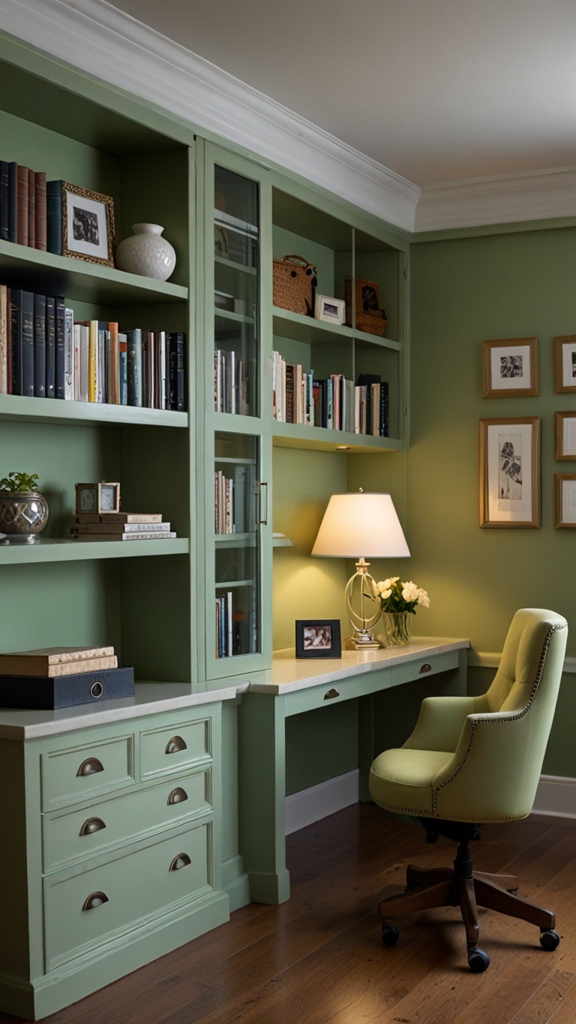
A well-organized workspace minimizes distractions and enhances focus. Built-ins help streamline workflow by providing designated spaces for essential tools, documents, and gadgets.
Task-Specific Zones
Built-ins can define specific areas for tasks such as writing, designing, or conferencing. For instance:
- Writing Stations: Include built-in shelves for books and materials.
- Tech Hubs: Incorporate charging docks and cable organizers.
- Creative Corners: Feature storage for art supplies or design tools.
Improved File Management
Custom filing cabinets can be integrated into built-ins, making it easier to categorize and access important documents. These cabinets can be lockable for added security.
Optimized Lighting
Built-ins can include built-in lighting options, such as LED strips or task lamps, to reduce eye strain and enhance focus. Adjustable lighting allows users to tailor the brightness to their specific tasks.
Aesthetic Integration :
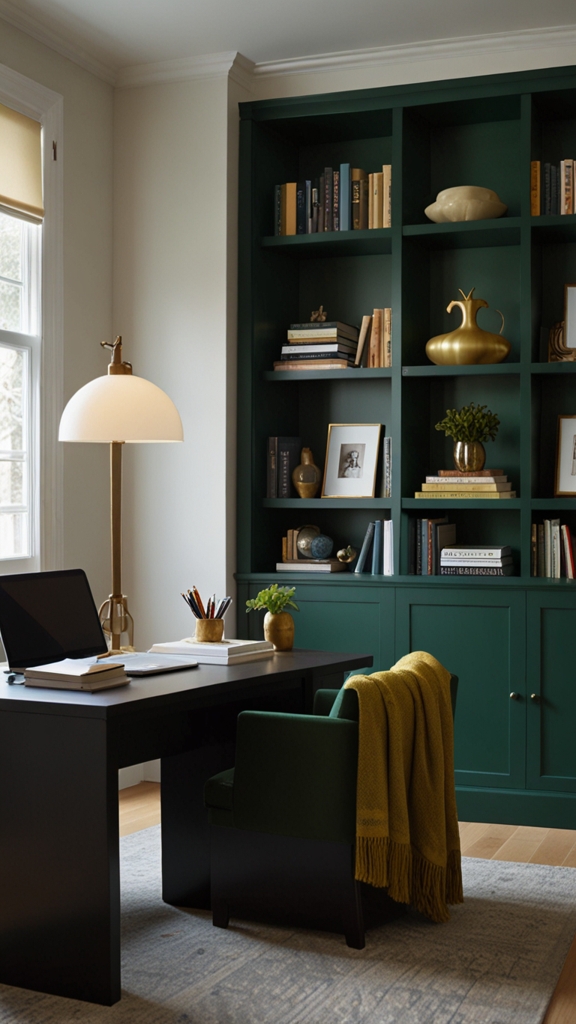
While functionality is vital, built-ins also enhance the overall aesthetics of a workspace. They provide a sleek, organized look, reducing visual clutter and creating a more inviting environment.
Seamless Design
Built-ins blend seamlessly with existing decor, offering a cohesive design that reflects personal style while maintaining functionality.
Material Choices
Choosing the right materials for built-ins, such as wood, metal, or glass, can complement the workspace’s overall theme. Durable materials ensure longevity and reduce maintenance.
Sustainability in Built-Ins :
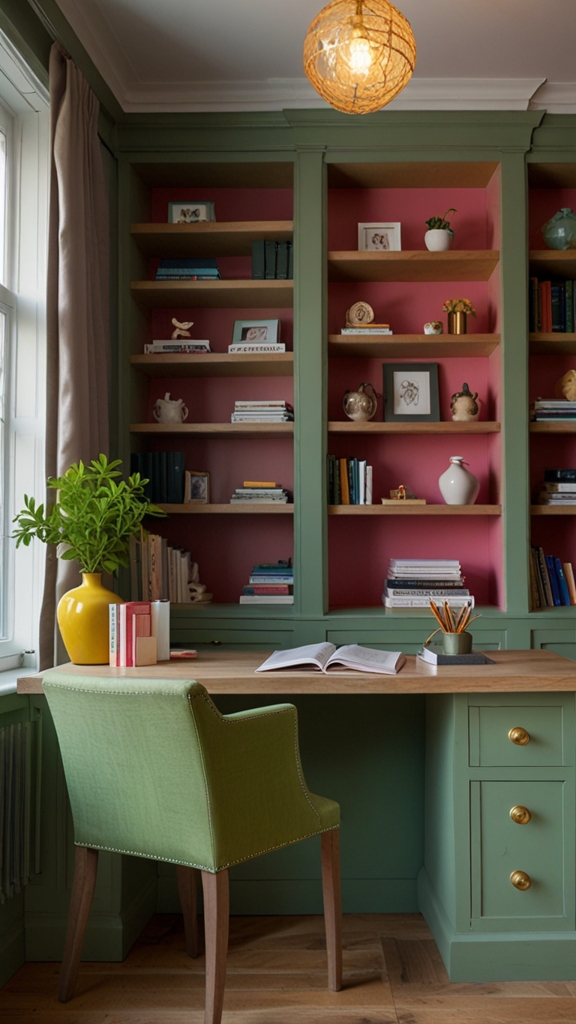
Eco-friendly built-ins are gaining popularity as sustainability becomes a priority in interior design. Using recycled materials, low-VOC finishes, and energy-efficient lighting can make your workspace both functional and environmentally conscious.
Recycled and Reclaimed Materials
Built-ins made from reclaimed wood or recycled metal add character while reducing environmental impact.
Energy-Efficient Features
Built-ins can include energy-saving technologies such as LED lighting or solar-powered components, contributing to a greener workspace.
Steps to Incorporate Built-Ins in Your Workspace :
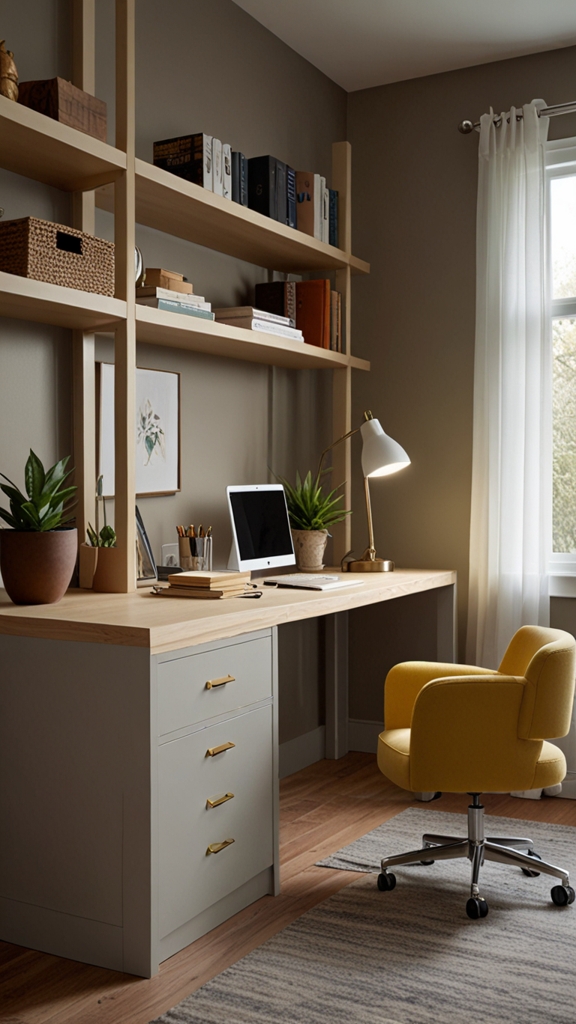
- Assess Your Needs: Identify what you require in your workspace, such as storage, seating, or tech integrations.
- Measure Your Space: Ensure accurate measurements to maximize the efficiency of built-ins.
- Consult a Professional: Work with designers or carpenters to create customized solutions.
- Choose High-Quality Materials: Opt for durable, sustainable materials for long-lasting results.
- Prioritize Functionality: Ensure that built-ins meet both ergonomic and accessibility standards.
- Test and Adjust: Make necessary adjustments after installation to ensure optimal performance.
Conclusion :
Built-ins are a game-changer for workspace design, offering unparalleled ergonomic and accessibility benefits. By tailoring your workspace to meet your specific needs, built-ins promote comfort, efficiency, and inclusivity. Whether you’re redesigning a home office or a corporate setting, investing in customized built-ins can transform the way you work, making every task more manageable and enjoyable. Prioritize built-ins in your next workspace upgrade to experience their full potential.

